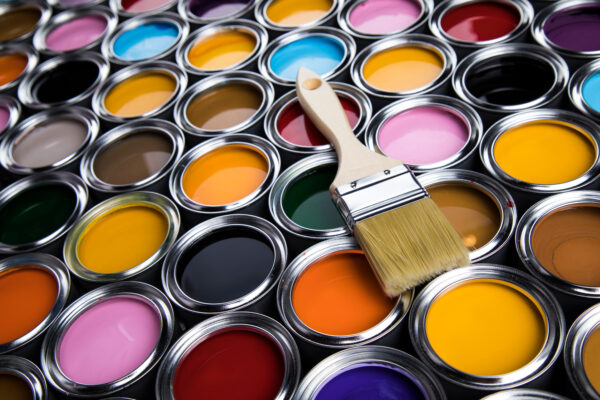Choosing the right paint brush is essential for achieving a smooth, professional finish on any painting project. The type of brush you select influences the application, coverage, and final appearance of your work. With a wide variety of Paint Brushes available, each designed for specific surfaces, paints, and techniques, understanding their differences ensures that you can complete your project efficiently and with high-quality results.
For those looking for reliable painting tools, platforms like Paint Brushes offer a range of high-quality brushes suitable for different paints and surfaces. Using the right brush makes painting easier, minimizes streaks, and allows for precise application, whether you are working on walls, furniture, or decorative projects.
Flat Brushes
Flat brushes are characterized by their straight, squared-off bristles, making them ideal for covering large, flat surfaces efficiently. They are perfect for walls, doors, cabinets, and furniture panels. The straight edge allows for clean, sharp lines, while the wide bristle base holds more paint, ensuring faster coverage.
- Uses: Applying base coats, large flat surfaces, and varnishing.
- Tip: Use long, even strokes to prevent streaks and ensure uniform coverage.
Angled or Sash Brushes
Angled brushes, also known as sash brushes, have bristles cut at a diagonal angle. This design provides excellent control and precision, especially for cutting in along edges, corners, and trim. Angled brushes are often used for painting window frames, moldings, and detailed woodwork.
- Uses: Detailed work, cutting in around edges, painting trim.
- Tip: Keep a steady hand and use short strokes for precise application.
Round Brushes
Round brushes feature a pointed, cylindrical tip and are commonly used for detail work and decorative painting. Their shape allows for smooth curves, fine lines, and controlled application in tight spaces. Artists and DIY enthusiasts often use round brushes for patterns, stenciling, and touch-ups.
- Uses: Decorative projects, fine details, curves, and touch-ups.
- Tip: Use the tip for precision and the side of the brush for broader strokes.
Filbert Brushes
Filbert brushes are a hybrid between flat and round brushes, featuring a rounded edge that allows for smooth blending and curved strokes. They are versatile tools suitable for both large areas and intricate work, providing a soft, natural finish.
- Uses: Blending, curved strokes, furniture detailing, and artistic finishes.
- Tip: Use gentle pressure to create soft edges and smooth transitions.
Foam Brushes
Foam brushes are made of soft, spongy material rather than bristles. They are ideal for smooth finishes on furniture, cabinets, and trim. Foam brushes hold paint well and help prevent brush marks, especially with water-based paints and varnishes.
- Uses: Smooth finishes, varnishing, and stain application.
- Tip: Apply thin coats to avoid bubbles and uneven surfaces.
Specialty Brushes
Specialty brushes are designed for unique tasks, such as textured surfaces, wall patterns, or upholstery painting. These brushes may include angled bristle arrangements, wide chip brushes, or brushes with tapered ends for intricate designs.
- Uses: Textured painting, decorative patterns, and specific project needs.
- Tip: Choose specialty brushes based on the project requirements to achieve optimal results.
Synthetic vs. Natural Bristles
Paint brushes come with either synthetic or natural bristles, each suited for different types of paint.
- Synthetic Brushes: Ideal for water-based and latex paints. They maintain shape well and provide smooth, even application.
- Natural Bristles: Best for oil-based paints, varnishes, and stains. They absorb and release paint effectively, creating a high-quality finish.
- Tip: Match the brush type to your paint for better control and smoother results.
Cleaning and Maintenance
Proper cleaning and care extend the life of paint brushes and maintain their performance. Wash brushes immediately after use according to the paint type: warm soapy water for water-based paints and mineral spirits or paint thinner for oil-based paints. Store brushes upright or flat to prevent bristle damage and maintain their shape.
Final Thoughts
Understanding the different types of Paint Brushes and their specific uses is crucial for achieving professional-quality results in any painting project. Flat, angled, round, filbert, foam, and specialty brushes each serve unique purposes, allowing for precision, coverage, and decorative effects. By selecting the right brush for the paint and surface, maintaining it properly, and using the correct techniques, painters can enhance efficiency, achieve smoother finishes, and elevate the overall quality of their work. Investing in high-quality brushes ensures durability, better performance, and a more enjoyable painting experience.

